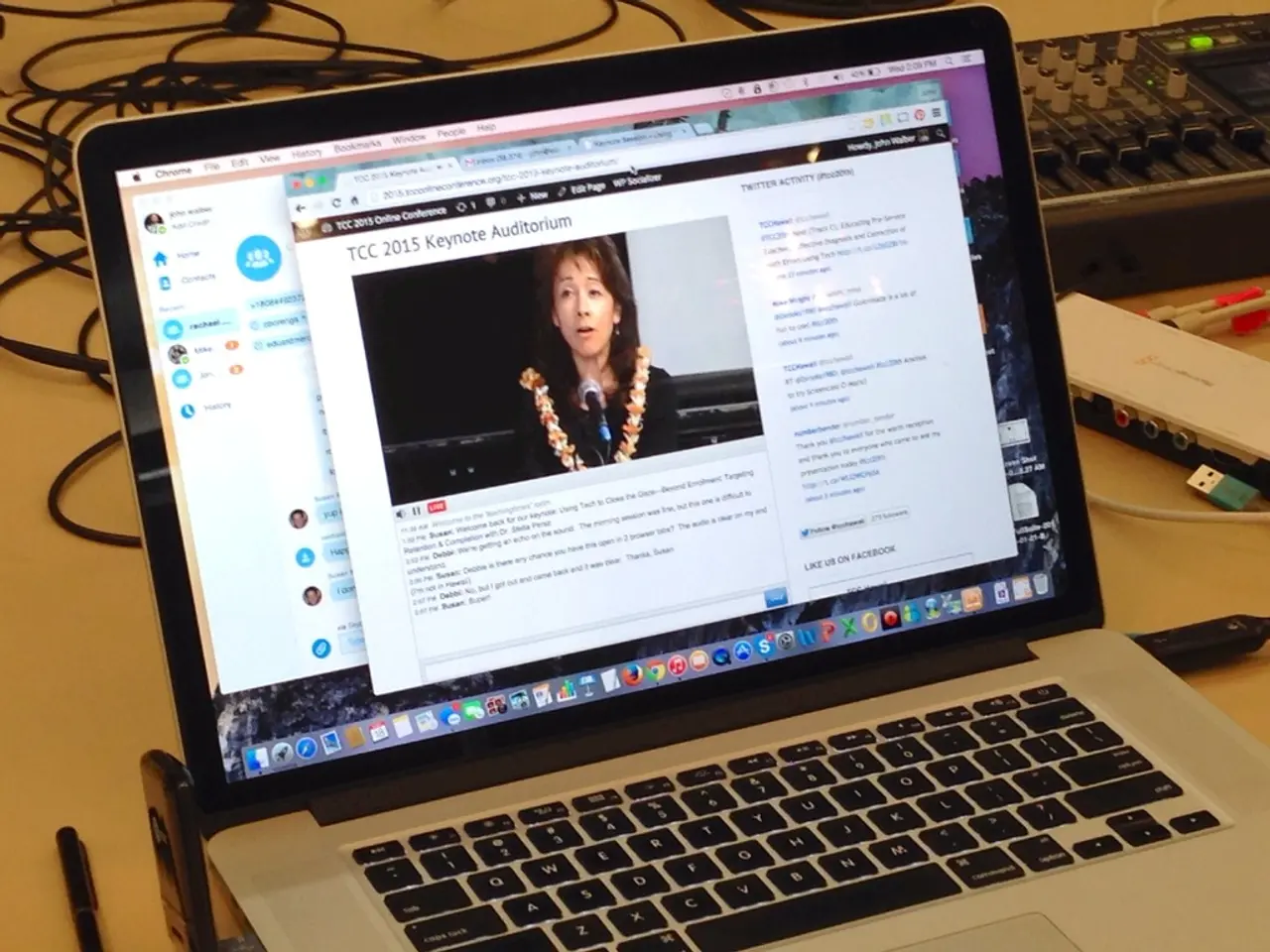Mastering AirTable: A Comprehensive Guide for Data Analysis Newbies
Airtable, a cloud-based platform for creating, managing, and sharing databases, offers a range of features that make it an accessible tool for data analysis. To get started, simply visit the Airtable website and sign up using a Google account or an email address.
Once you've signed up, you'll find that Airtable consists of one or multiple tables, with an empty table named "Table 1" by default. To create a new base or project, look for the "create blank app" button, the "Create" button on the bottom-left corner, or the "x" icon on the top-right corner.
Filtering data in Airtable is done at the "Filter" icon next to the previously used "Group" icon. A filtering condition consists of a field or column name, an operator, and a value. For example, to filter young customers, set the condition "Age < 30".
Grouping data records by values of a categorical attribute can be done by clicking on the "Group" button above the table. By default, grouping in Airtable shows the total (sum) of values per attribute and gender, but the average (or median, min, max) values of columns can also be shown. Grouping data by gender, for instance, shows aggregated summaries of the data for each gender.
However, to perform advanced data analysis with Airtable beyond the beginner level, there are several approaches you can leverage:
- Use Airtable’s Linking and Lookup Fields for Relational Data Modeling: Although Airtable does not support complex SQL queries or advanced joins, you can create relational databases by linking records between tables and summarizing data using lookup, rollup, and formula fields.
- Employ Grouping and Aggregation Features: Beyond basic filters, Airtable allows grouping of records by categorical fields and calculating aggregated metrics like sum, average, median, min, and max on numerical fields within groups.
- Integrate with Advanced Analytics Tools via APIs: Since Airtable has API access, you can connect your bases to specialized analytics platforms such as Datajolt, which provide advanced analytics including custom metrics, visualizations, and predictive analytics capabilities that surpass native Airtable functions.
- Utilize Airtable AI Agents: Airtable offers AI agents embedded in the platform that can dynamically analyze data, generate insights, and automate workflows across thousands of records.
- Combine Airtable with External Tools for Complex Analysis: Advanced users often export data to tools like Python (Pandas), R, or BI platforms (Tableau, Power BI) for detailed statistical, machine learning, or big data analysis.
In addition, Airtable allows the creation of new columns using formulae, such as creating a new column called "Income class" whose values are defined depending on the value of the annual income column. Airtable's interfaces are also used to generate data visualizations, such as bar charts and pivot tables.
Interfaces in Airtable are designed to be shareable among teams, making collaboration seamless. Data can be added to Airtable through various methods, including uploading a CSV file from a URL. To remove a grouping of the data, click on the "Group" icon again, then click on the bin icon next to the created grouping to remove it.
In this tutorial, we'll be working with a dataset containing records of customers in a shopping mall, with attributes including Customer ID, Gender, Age, Income, and Spending score. Stay tuned for more insights and tips on how to make the most of Airtable's data analysis capabilities!
- Airtable's Linking and Lookup Fields can be used for Relational Data Modeling, providing an alternative to complex SQL queries or advanced joins, useful for performing advanced data analysis.
- To perform more advanced data analysis with Airtable, you can use the grouping and aggregation features to group records by categorical fields and calculating aggregated metrics beyond basic filters.
- For integrating Airtable with specialized analytics platforms that offer advanced analytics capabilities, consider API access to connect your bases with tools like Datajolt.




